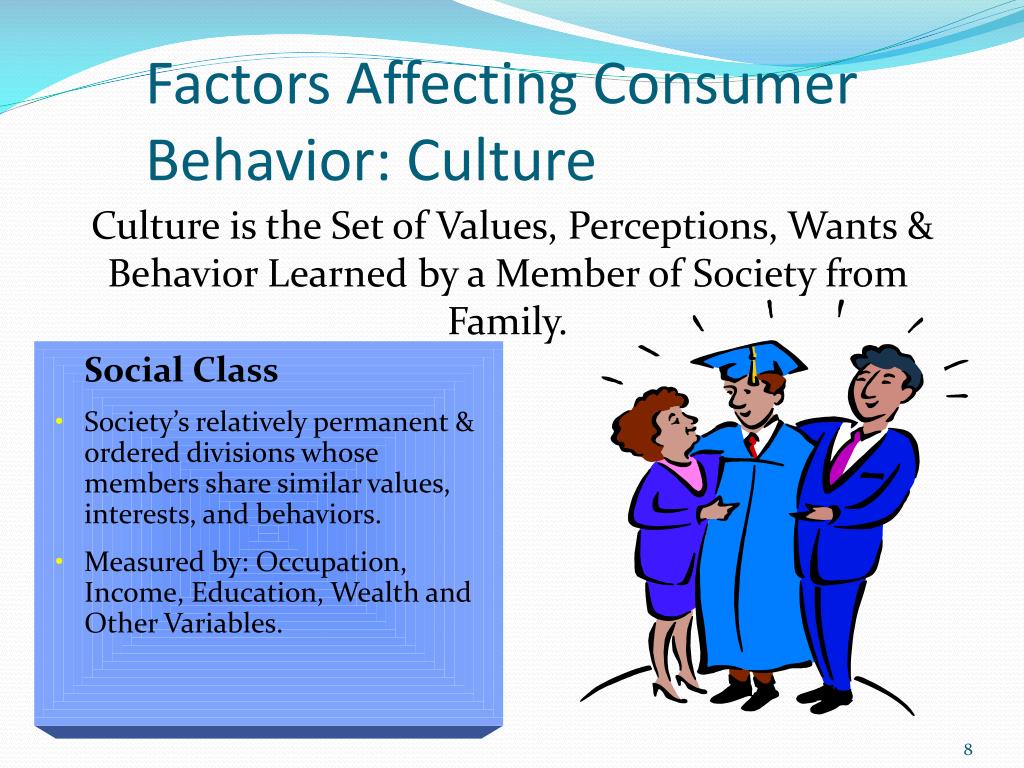


The most premium electronics often have the quietest appearance. Iconic architecture is often the result of just a few clean lines. When there is little to detract from the premium materials and the simple lines, they become more evident. Simple, elegant lines, and clean, careful details are hallmarks of premium design. This philosophy results in a calm and ordered feel to products. Premium materials and obvious authenticity, hallmarks of premium design. Get these details wrong, and premium materials that are not so carefully designed can betray their origins, looking and feeling much lower grade. For instance, genuine metal with a poorly selected paint finish, wood veneers with too much curvature and gloss, and leathers with too heavy a grain can all look, feel and sound like much poorer quality, synthetic alternatives.

The genuine leather strap has a few tricks to play too the buttery soft feel, exposed edge accentuating the nap of the hide, and the grain all communicate their provenance. The metallic elements look authentic, as indicated by the bright, contrasting beveled edges that catch the light. The turned aluminium components also display high-contrast, bright hot-spots of light. The sharp edge radii, unreproducable in plastic, make the surfaces look and feel metallic. In case there is any doubt, the metallic parts are cold to the touch, just as you would expect from metal. The materials are premium, but they are very obviously genuine too the result of thoughtful detail design. These Bang & Olufsen headphones have a high quality appearance and feel. Genuine leather, wood, and metal have a higher perceived quality than equivalent plastics (even though plastics may function just as well). More important than selecting premium materials however, is how the materials are communicated to the customer they have to be obviously authentic. Premium materials are a hallmark of premium design. Premium Materials and Obvious Authenticity There are several hallmarks of premium design that can be utilized by product design teams to create a product that looks, feels, and sounds special and is superior to competing products. High levels of perceived quality in a product are a result of many different design and engineering attributes. I have helped them understand, define and implement high levels of perceived quality in their products, from initial concept through to production delivery. For the last 18 years, I have specialized in the field of perceived quality, working in conjunction with business leaders and their product designers, engineers and marketing executives, in multiple regions and markets. Understanding perception and dissecting each sensory input is the first step in designing products that will not just satisfy but delight all of the senses and give the customer that initial "wow". You will hear the precision of the door mechanisms, the thud on closure of the glove box door, the harmony of the audible tones.Īll of these sensory inputs will allow you to subconsciously determine if you are assessing a vehicle of superior quality that is worthy of a price premium. You will feel the fluidity of the door handle movement, the solidity of the controls, the smoothness of the interior materials, the softness of the armrests. You will see the luster of the paint finish, the alignment of the panels, the sparkle of the brightwork, the elegance of the design treatments. Within the first few moments, you will be able to judge if the product is of high quality or not. Often, an opinion is formed in a matter of minutes or even seconds.įor example, imagine viewing a new car in a showroom for the first time. Most people will have an intrinsic ability to determine a product’s quality from looking, feeling and listening to it. How Perceived Quality WorksĪ customer's perception of the quality of a product, brand or business is predominately the result of subconscious thought.

In a world where consumers are increasingly being offered functional, reliable, feature laden products, smart businesses are focusing on perceived quality to transform functionally competitive products into more desirable, premium products, for which higher prices can be commanded. This is quite separate from actual reliability and robustness, attributes that are vital for a product to be competitive, but not characteristics that will distinguish it as special, or propel it into the "premium" segment. It is the customer’s perception of a product’s reliability and robustness, the impression of care and craftsmanship invested in its manufacture, the sense of richness and strength of the materials used, the evident fine attention to detail, and the feeling of the depth of engineering behind the design. Perceived Quality is the impression of excellence that a customer experiences about a product, brand or business, derived through sight, sound, touch, and scent.


 0 kommentar(er)
0 kommentar(er)
